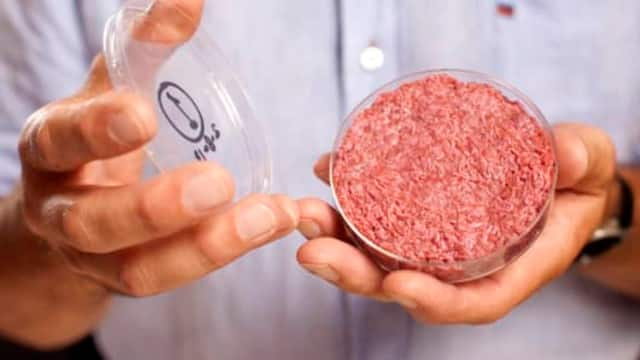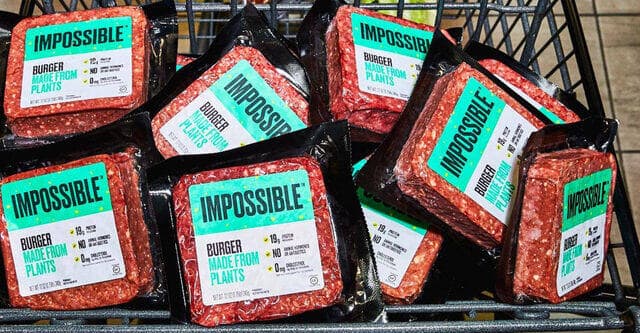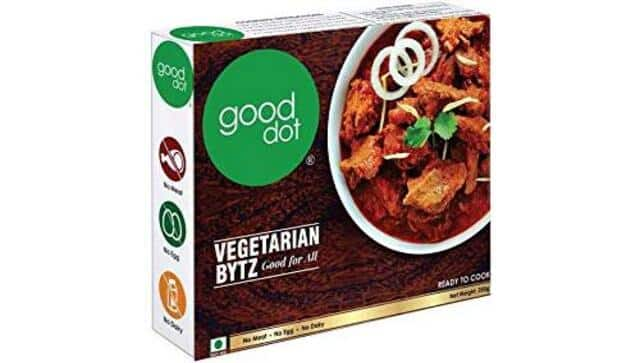India may be the cradle of spiritually-inspired vegetarianism, but it has also been a live meat kitchen since the time of the hunter-gatherers. The 2015-16 National Family Health Survey-4 shows 70 per cent women and 78 per cent men in India are non-vegetarians. So, municipalities like south Delhi may issue diktats asking meat shops to shut during Navratri, but it only serves to insult the breathtakingly diverse Hindu traditions and lifestyles. In his iconic book Ancient India, historian RC Majumdar writes: “Both animal and vegetable foods were taken by the Aryans. Not only fish, birds, goats and rams, but horses, buffaloes and even bulls were slaughtered for their food.” Meat has been one of the fulcrums of polarisation in India, not just between Hindus and Muslims or Jains and Christians, but also between vegetarian and non-vegetarian Hindus. But a movement is silently gathering steam. Science may finally bridge the contentious chasm, taking care of its ethical, biological, nutritional and environmental aspects. Cultured meat, sometimes called lab-grown, clean, in-vitro or cultivated meat, is grown in a laboratory from a few animal cells. It is real meat, but it does not require animals to be slaughtered the way traditional meat does. Scientists take stem cells from an animal. They douse the cells in a liquid containing nutrients to help them duplicate. Then they put them into a bioreactor to grow. The unstructured meat is then fashioned into burgers, sausages and suchlike. [caption id=“attachment_10539501” align=“alignnone” width=“640”]  File image showing a lab-grown meat burger made from cultured beef, which has been developed by Professor Mark Post of Maastricht University in the Netherlands. AP[/caption] Slaughter-free meat has started popping up on the plates worldwide, as also on excel sheets. Big international alt meat startups like Impossible Foods and Beyond Meat are being valued at $10 billion or more. Investors have poured more than $2 billion into lab meat in the last two years, according to Crunchbase data. By 2040, 60 per cent of all meat in the world is projected to be slaughter-free. [caption id=“attachment_10539531” align=“alignnone” width=“640”]  Image Courtesy: impossiblefoods.com[/caption] The year 2020 was a watershed. An alt chicken product developed by Eat Just made it to a restaurant’s menu in Singapore. The country’s food agency approved its sale to the public. This has paved the way for other regulatory approvals worldwide. Lab meat slashes the carbon footprint needed to raise and graze animals, contamination chances from E Coli and antibiotic resistance. It is a great protein alternative, especially for those allergic to animal proteins. Most importantly, it allows an animal to live. And that fits snugly into the Indian ethos of non-violence towards the helpless and innocent. It allows a meat-eating lifestyle quirkily adherent to the teachings of Jainism, Buddhism, and a few Hindu sects. The in-vitro meat market in India is projected to grow from a meagre $2 million recently to $3 billion by 2030, according to Allied Market Research data. The Asia-Pacific region, with India and China as massive potential growth areas, held the highest market share of 62.8 per cent in 2019. But if the Modi government and the states can aggressively create awareness for slaughter-free meat, offer incentives to startups in this space, and make regulatory approvals watertight but easy, that market size could be more than double. India can be a slaughter-free nation. Indians are culturally and spiritually geared to care for animals and the environment. They are also adept at adapting new and useful technologies. Whether it is mobile phones or LED bulbs, even less privileged Indians have skipped generational habits to embrace emerging technologies and modern lifestyles. Many of today’s vegetarians will not have a compunction to eat lab meat because there is no animal cruelty involved. Already, Indian startups like ClearMeat, Good Dot, Eva Foods, Greenest, Mister Veg, Vezlay, Cowvathi, Schoolboy Robotics and others are coming up. If lab meat tastes good, comes at a reasonable price, and is made available easily, a revolutionary change is possible. [caption id=“attachment_10539521” align=“alignnone” width=“640”]  Image Courtesy: Amazon[/caption] Finally, a slaughter-free, meat-eating society can solve two of India’s most profound problems.
Being a source of rich protein and good taste, this new food habit can take on malnutrition among the poor. And it can smudge the nation’s age-old communal fault lines by taking the sting out of pork and beef, halal and jhatka debates.
This spiritually advanced nation can do with a plate of science-fired alt meat. Read all the Latest News , Trending News , Cricket News , Bollywood News , India News and Entertainment News here. Follow us on Facebook, Twitter and Instagram.


)

)
)
)
)
)
)
)
)



